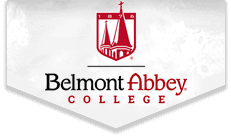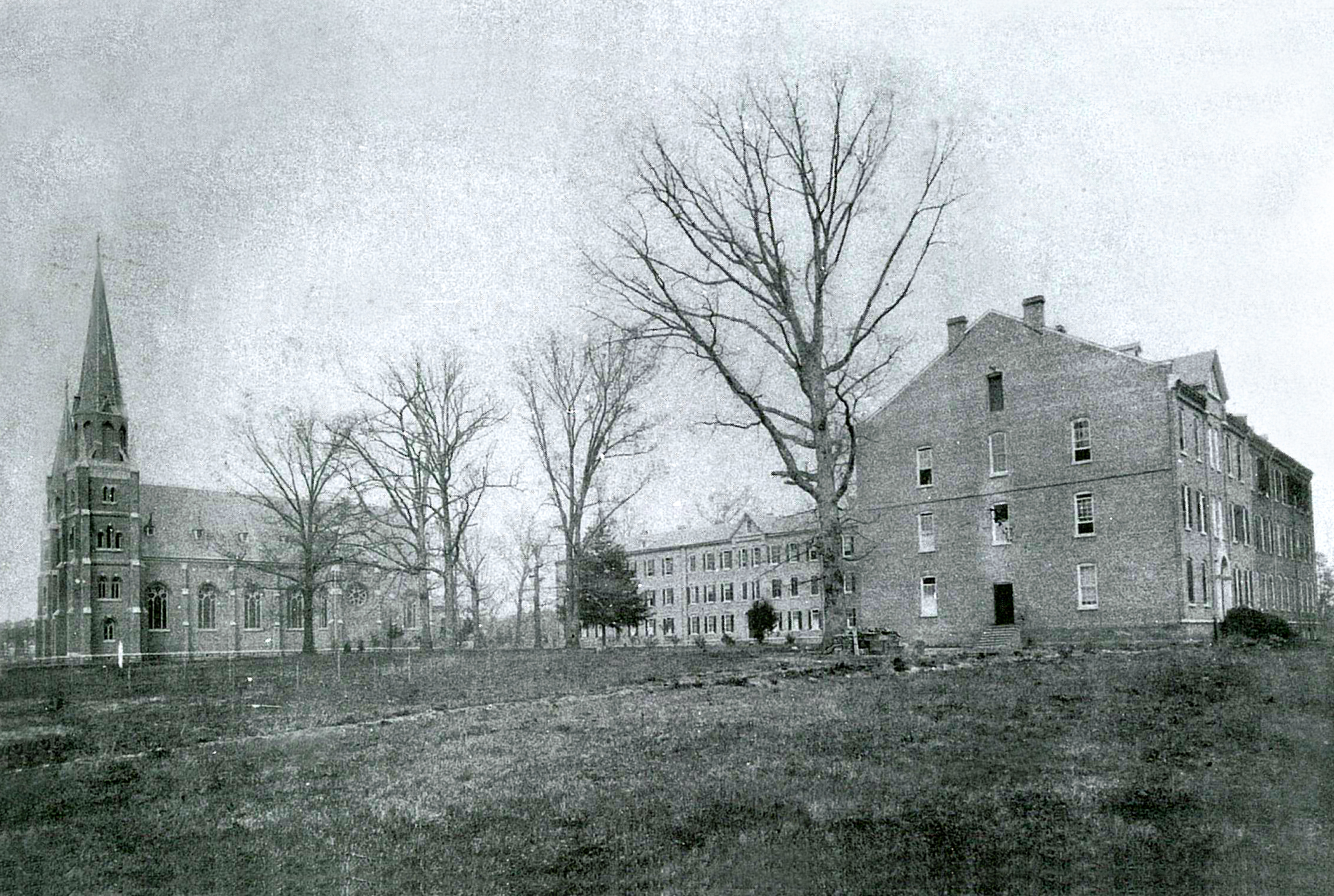 Shortly after the Civil War, the Caldwell Place, a tract of some 500 acres in Gaston County, North Carolina was purchased by the Reverend Jeremiah O’Connell, a missionary priest. It was his desire that this tract be accepted by a religious community that would use it to develop an institution for the education of youth. At the request of Bishop James Gibbons of Richmond, Virginia, the Benedictine Monks of Saint Vincent Archabbey in Latrobe, Pennsylvania agreed to accept the land and to found a community and school. On April 21, 1876, the Reverend Herman Wolfe, O.S.B., arrived to take possession of the property. The young foundation became an independent abbey on December 19, 1884, with the Right Reverend Leo Haid, O.S.B., elected as the first abbot on July 14, 1885.
Shortly after the Civil War, the Caldwell Place, a tract of some 500 acres in Gaston County, North Carolina was purchased by the Reverend Jeremiah O’Connell, a missionary priest. It was his desire that this tract be accepted by a religious community that would use it to develop an institution for the education of youth. At the request of Bishop James Gibbons of Richmond, Virginia, the Benedictine Monks of Saint Vincent Archabbey in Latrobe, Pennsylvania agreed to accept the land and to found a community and school. On April 21, 1876, the Reverend Herman Wolfe, O.S.B., arrived to take possession of the property. The young foundation became an independent abbey on December 19, 1884, with the Right Reverend Leo Haid, O.S.B., elected as the first abbot on July 14, 1885.
Originally chartered as St. Mary’s College by the State of North Carolina on April 1, 1886, the school’s name was changed to Belmont Abbey College in 1913. Reorganized as a junior college in 1928, it became a four-year institution in September 1952, and a coeducational institution for resident students in 1972.
“My Lord of Belmont” written by monk Fr. Paschal Baumstein, OSB is a comprehensive history of Belmont Abbey Monastery and College. Available from The Catholic Shoppe.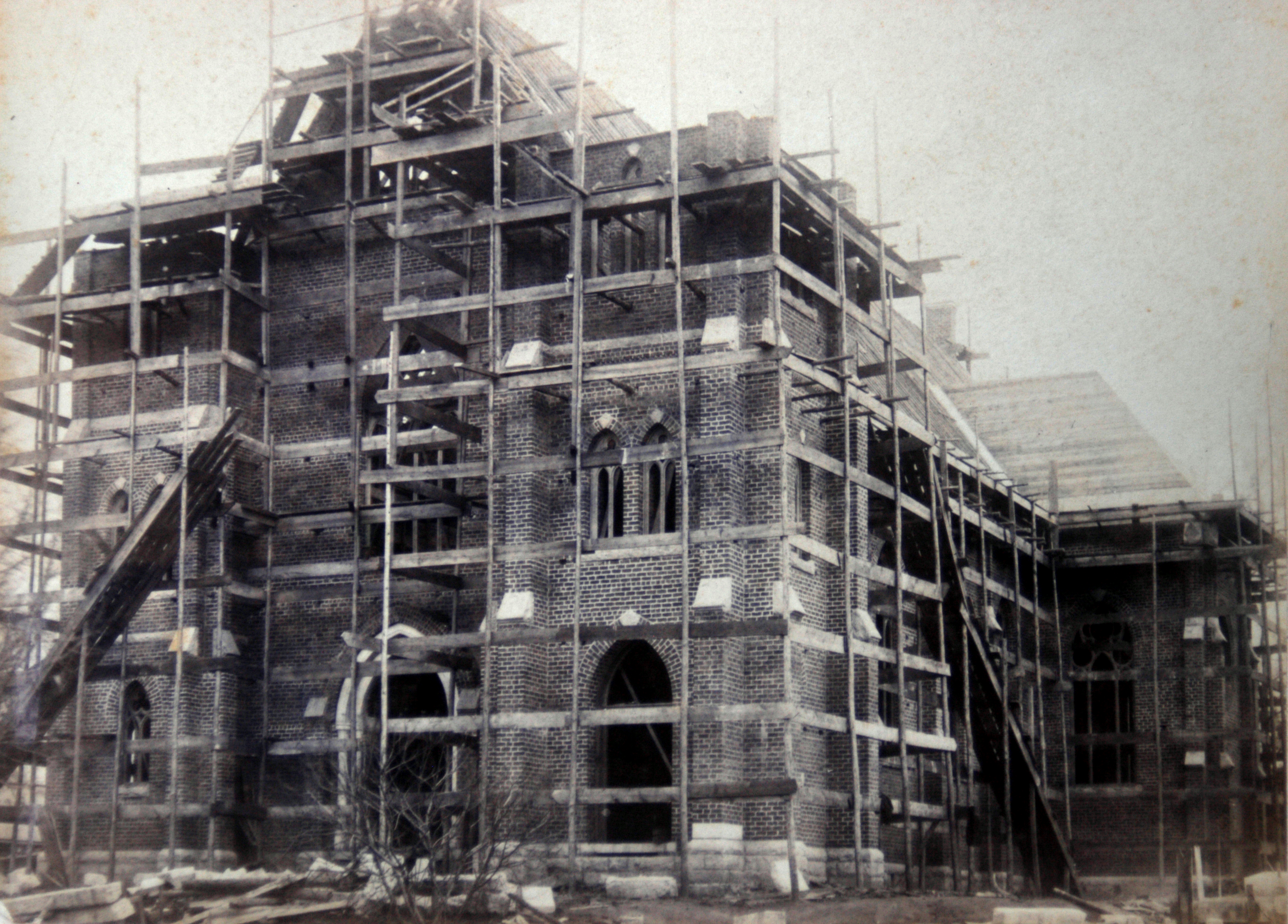
A Historical Tour of the Campus
Belmont Abbey College is located in the historic town of Belmont, North Carolina approximately ten minutes west of Charlotte, the largest city in the Carolinas. Students who come from other areas have a chance to see and become part of the educational, economic, and cultural dynamism of the Piedmont area of North Carolina.
Interstate 85 conveniently abuts the campus on its way to other thriving areas in the Carolinas. Charlotte Douglas International Airport, one of the South’s major transportation hubs, is ten minutes away.
The scenic campus is impressive. Most of the older buildings, which were engineered and built by the monks themselves before the beginning of the twentieth century, provide charm and atmosphere. There are also many modern buildings, and the wooded, landscaped grounds provide an ideal setting for study. The entire central campus was designated as a National Historic District in 1993.
The oldest building on campus is the Monastery, the residence of the monastic community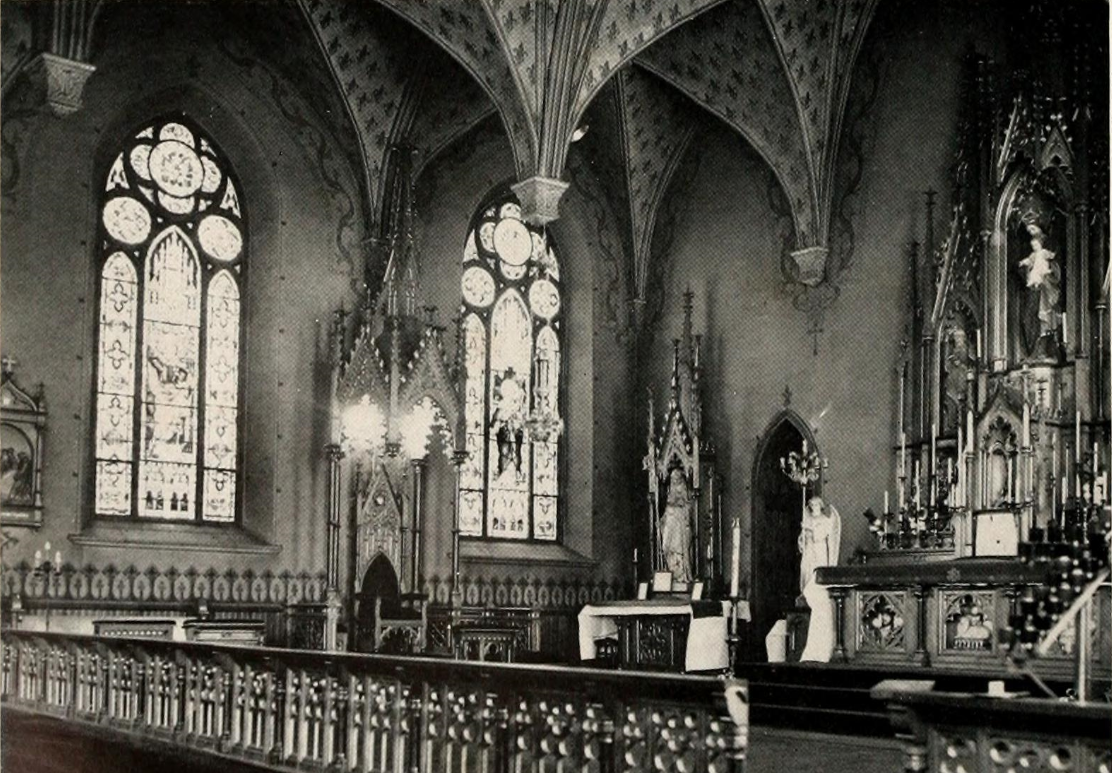 . The Abbey Church of Mary Help of Christians, built in neo-Gothic style in 1892, was completely renovated in 1965 in a most striking manner. The church, which contains prize-winning painted glass windows and a unique baptismal font, is listed on The National Register of Historic Places. In 1998, the church was named a minor Basilica by the Pope John Paul II.
. The Abbey Church of Mary Help of Christians, built in neo-Gothic style in 1892, was completely renovated in 1965 in a most striking manner. The church, which contains prize-winning painted glass windows and a unique baptismal font, is listed on The National Register of Historic Places. In 1998, the church was named a minor Basilica by the Pope John Paul II.
Robert Lee Stowe Hall contains administrative offices, classrooms for many of the liberal arts courses, the College Relations department, and some faculty offices. Located in St. Leo Hall are the Grace Auditorium, Career Services, the College Bookstore, The Catholic Shoppe, and many faculty offices. Laboratory facilities and equipment and additional classrooms and faculty offices are located in the William Gaston Science Building.
The Abbot Vincent Taylor Library contains more than 125,000 print books, 150,000 e-books, over 100 databases, and other digital sources, multimedia collections (DVDs, CDs), periodicals and microfilms, all searchable through the online catalog—Alexandria (zarchive.bac.edu/academics/library-information-services). The main floor houses the Learning Commons, featuring reading and reference areas with workstations, group study tables, laptop plug-in carrels, and the Carter Center computer lab where reference librarians teach research skills and information literacy, and which are also available for faculty reservations. The Main floor also houses the technical services and interlibrary loan department, administrative offices, and equipment for printing, scanning, faxing, and photocopying. On the lower floor are current and bound periodicals, rare books, the monastic collection in the Benedictine Room, and multimedia materials and equipment. The open‑stack book collection is classified according to the Library of Congress system. The book stacks are located on both the main floor and the lower level.
The Library’s Learning Commons is a focus of the Quality Enhancement Plan (QEP). Designated PILOT, for Promoting Information Literacy Over Time, this initiative sponsors information literacy sessions during the First Year Seminar; research-intensive experiences tailored to Rhetoric I & II; and discipline-specific pilot and capstone courses with assessment rubrics designed around the information literacy standards established by the Association of College & Research Libraries.
The Academic Resource Center (ARC)is housed in the lower level of the library; students may receive tutoring as well as special accommodations for test-taking through the ARC.
The Abbot Walter Coggin Student Commons houses a one-stop shop for student services including the registrar, admissions, business office, financial aid and student life. Additionally, the Student Commons is open 24 hours a day for students to study, socialize and check postal mail. The Dining Hall is adjacent.
O’Connell, Poellath and Raphael Arthur Halls are built in a modular style, with suites of four rooms and a bath to serve four to eight students. Cuthbert Allen is a four-building complex with apartment suites which include kitchens. Between the Student Commons and the Athletic Fields are St. Benedict and St. Scholastica resident halls, built in 2013. These new residence halls, which house upperclassmen, have apartment style suites of two single bedrooms, a living room, and a shared bathroom.
Residence Life and Campus Ministry (including FOCUS offices) are located on the first floor of O’Connell.
Campus Police is located on the lower level of Raphael Arthur; police monitor the campus 24 hours a day, seven days a week.
MiraVia at Belmont Abbey College is a residence hall for pregnant college students. This home is managed by a separate, non-profit organization. More information at www.mira-via.org.
Located in the midst of the residence halls, the St. Joseph Eucharistic Adoration Chapel is open daily for prayer with daily Eucharistic Adoration during the academic year. (Student sign up for hours through the Campus Ministry office.)
The Wheeler Center for physical education houses a gymnasium, which seats 1,500, instructional facilities, an auxiliary gymnasium and a recently renovated fitness center, both open to the entire College community. Large playing fields provide excellent space for outdoor athletics. This student activity area includes a baseball diamond, a soccer field, a softball field, and intramural fields. A quarter‑mile track of asphalt circles the soccer field.
The Chi-Rho House contains the physical plant operations including maintenance and housekeeping for the campus.
Admissions tours start at the Lowry Alumni House which is also home to the Alumni Office.
The Haid includes the Abbey Theatre (home of the Abbey Players and Belmont Community Theatre), a ballroom for College functions, the campus Information Technology operations, and the Wellness Center. The Wellness Center is accessible only from the outside entrance on the basement level.
Maurus Hall houses Holy Grounds, a campus coffee house and grille. 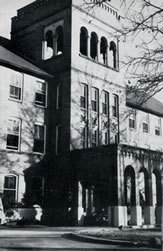
The Sacred Heart Campus Extension is located on the outskirts of downtown Belmont, and currently houses the Sister Christine Beck Department of Education, the Adult Degree Program offices and classrooms, and Institutional Research.
To view a campus map, please visit click here.
